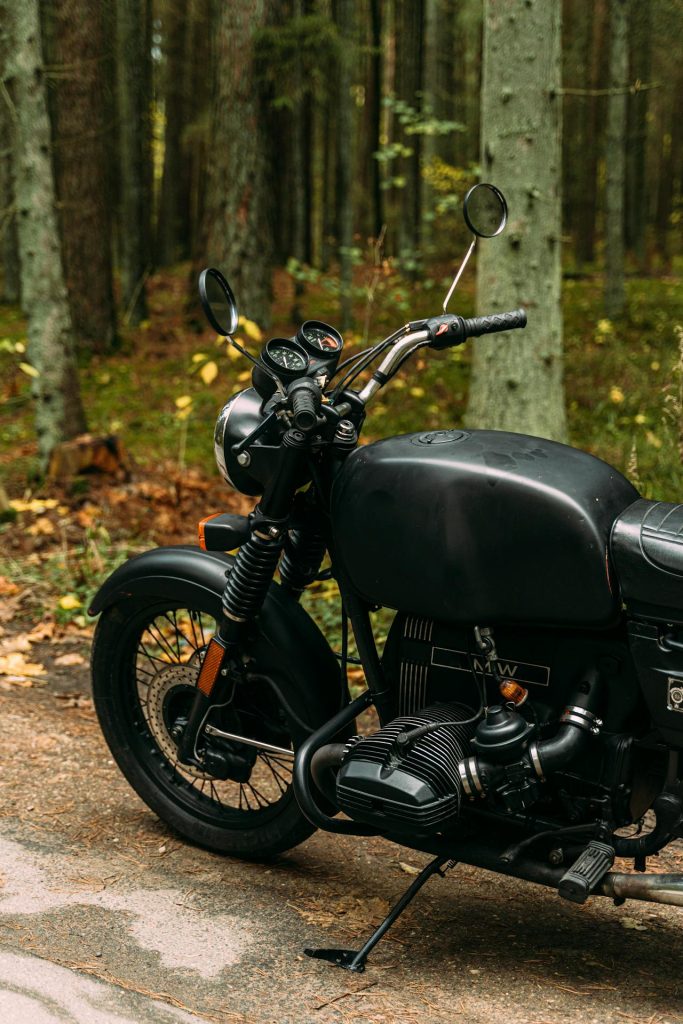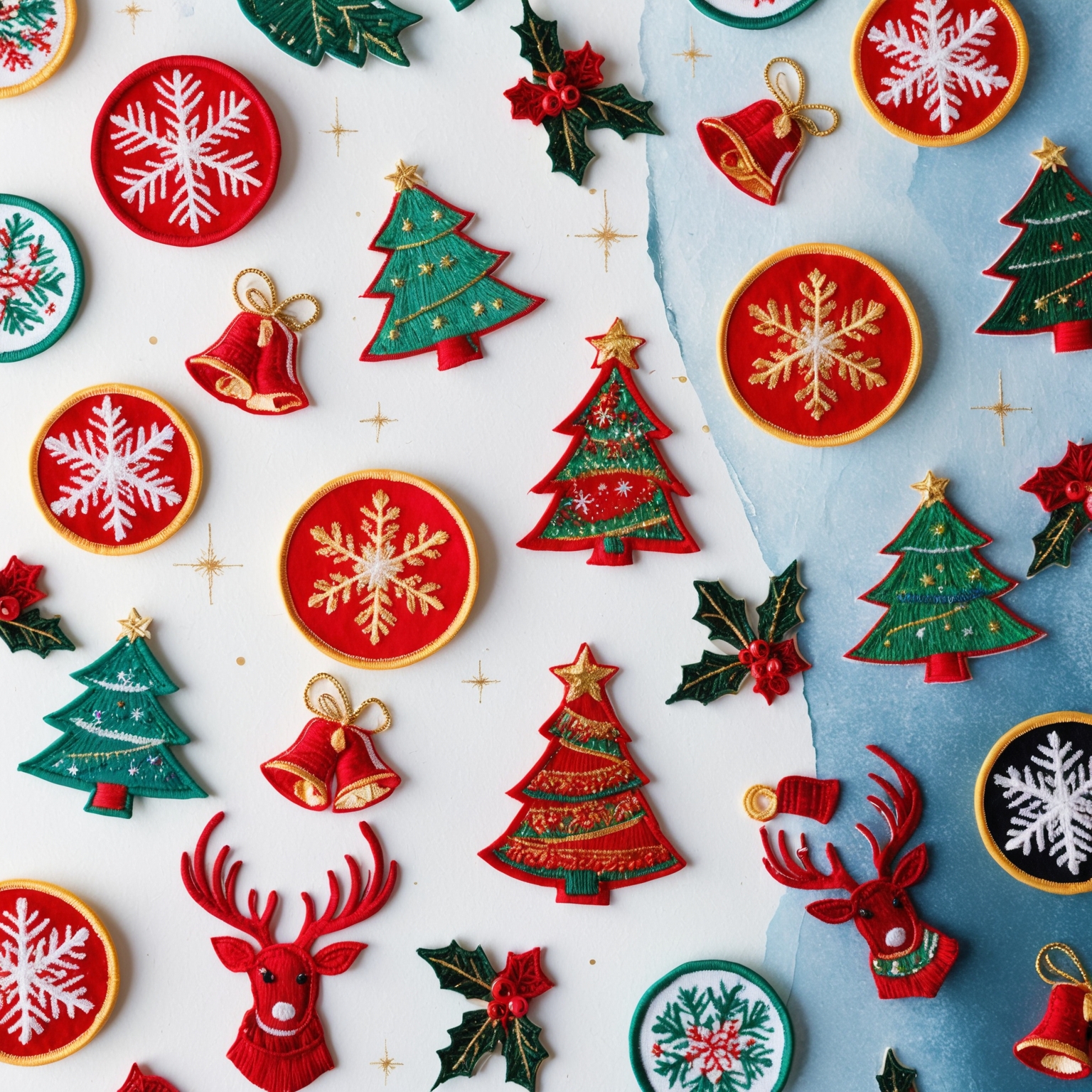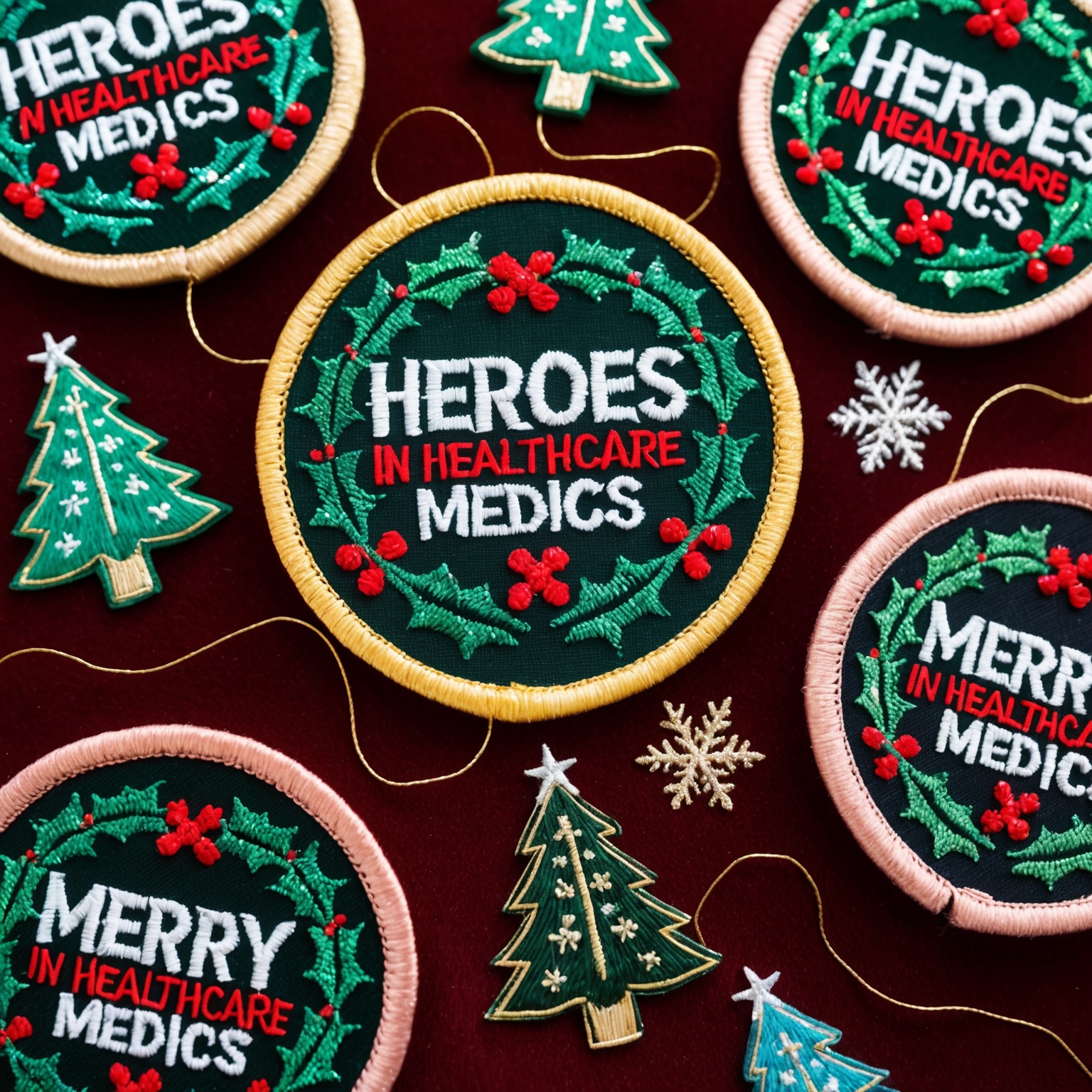The Symbolic Power of Motorcycle Club Patches
Motorcycle clubs patches are much more than decorative items; they are powerful symbols of identity, belonging, and brotherhood. These patches, often worn with pride on leather jackets or vests, represent the values, history, and structure of the club. They serve as badges of honor, conveying a wealth of information about the wearer and their affiliation.
In this article, we will delve into the essential role of insignias in motorcycle clubs. We will explore the history of these patches, their significance, and the intricate etiquette surrounding their use. Whether you are a member of a motorcycle club, a patch collector, or simply interested in the culture of motorcycle clubs, this comprehensive overview will provide valuable insights into the world of motorcycle club insignias.
1. The Origins of Motorcycle Club Patches
The Birth of the Biker Culture
The origins of motorcycle club patches can be traced back to the post-World War II era when returning soldiers sought camaraderie and excitement in civilian life. Many of these veterans formed motorcycle clubs, drawing inspiration from their military units. The patches they created mirrored military insignias, symbolizing unity, loyalty, and a sense of belonging.
Example: The Hells Angels, one of the most famous motorcycle clubs, was founded in 1948 by a group of World War II veterans. Their iconic winged death head patch has become a globally recognized symbol.
2. The Structure and Components of Club Patches
The Three-Piece Patch
Most motorcycle club patches follow a three-piece design, consisting of a top rocker, a central emblem, and a bottom rocker. Each component carries specific meaning and significance:
- Top Rocker: Displays the club’s name.
- Central Emblem: Features the club’s logo or symbol.
- Bottom Rocker: Indicates the chapter or geographical location.
Example: The Mongols Motorcycle Club’s patch features a top rocker with the club’s name, a central emblem of a Mongol warrior, and a bottom rocker indicating the chapter.
The One-Piece and Two-Piece Patches
While the three-piece patch is common among “outlaw” or “1%er” clubs, other clubs may use one-piece or two-piece patches. These simpler designs are often used by riding clubs or less formal groups.
Example: The Harley Owners Group (HOG), an official club sponsored by Harley-Davidson, uses a one-piece patch featuring the HOG logo and eagle design.
3. The Significance of Colors and Symbols
Colors
The colors used in motorcycle club patches are not just for aesthetics; they convey specific meanings and signify the club’s identity. Each color is carefully chosen to represent the club’s values, heritage, and affiliations.
Example: The Outlaws Motorcycle Club uses a black and white color scheme, symbolizing their rebellious nature and commitment to their code.
Symbols
Symbols in patches often hold deep meaning, reflecting the club’s history, values, and culture. Common symbols include skulls, wings, and animals, each carrying unique connotations.
Example: The skull is a prevalent symbol in many motorcycle club patches, representing mortality, fearlessness, and a connection to the outlaw biker culture.
4. The Role of Patches in Establishing Identity and Brotherhood
A Badge of Honor
Wearing a motorcycle club patch is a badge of honor, signifying membership, loyalty, and brotherhood. It is a public declaration of the wearer’s commitment to the club and its values.
Example: Members of the Bandidos Motorcycle Club wear their patches with pride, demonstrating their allegiance to the club and their readiness to defend its honor.
Building Brotherhood
Patches play a crucial role in fostering a sense of brotherhood among members. They serve as a visual reminder of the shared values, experiences, and bonds that unite club members.
Example: The patches worn by the Sons of Silence Motorcycle Club symbolize the deep bonds of brotherhood and loyalty among its members.
5. The Etiquette and Protocols of Wearing Patches
Earning the Patch
In many motorcycle clubs, earning the patch is a rigorous process that involves proving one’s loyalty, commitment, and dedication. Prospective members, known as prospects, must undergo a probationary period before being granted the privilege of wearing the club’s patch.
Example: Prospects in the Hells Angels must demonstrate their loyalty and willingness to abide by the club’s rules before earning the full patch.
Respecting the Patch
Wearing a motorcycle club patch comes with a set of unwritten rules and protocols. Members must respect their patches, ensuring they are kept clean and in good condition. The patch is not just an accessory but a symbol of the club’s honor and reputation.
Example: Members of the Pagans Motorcycle Club treat their patches with utmost respect, recognizing their significance and the honor they represent.
Displaying the Patch
The way patches are displayed on clothing also follows specific protocols. Patches are typically sewn onto the back of leather jackets or vests, with smaller patches or pins added to the front or sleeves.
Example: The Hells Angels follow strict guidelines for patch placement, ensuring uniformity and respect for the club’s traditions.
6. The Legal and Social Implications of Club Patches
Controversy and Misunderstanding
Motorcycle club patches can sometimes attract controversy and misunderstanding. Outlaw clubs, in particular, are often associated with criminal activities, leading to negative perceptions and legal scrutiny.
Example: The Mongols Motorcycle Club has faced legal battles over the use of their patch, with authorities attempting to seize their trademarked insignia.
Public Perception
Public perception of motorcycle club patches varies widely. While some view them as symbols of rebellion and danger, others see them as expressions of freedom, brotherhood, and a unique subculture.
Example: The patches worn by the Boozefighters Motorcycle Club are celebrated by many as symbols of the club’s historical significance and contribution to the biker culture.
7. The Future of Motorcycle Club Patches
Evolving Designs
As motorcycle clubs evolve, so do their patches. Modern clubs are experimenting with new designs, materials, and technologies to keep their patches relevant and reflective of contemporary values.
Example: Some clubs are incorporating reflective materials and digital elements into their patches, enhancing visibility and adding a modern touch.
Maintaining Traditions
Despite the changes, many clubs remain committed to preserving the traditions and values represented by their patches. The patch continues to be a powerful symbol of identity, brotherhood, and heritage.
Example: The Outlaws Motorcycle Club remains steadfast in maintaining the traditional design and symbolism of their patches, honoring their history and legacy.
8. Collecting and Trading Patches
Patch Collectors
Patch collecting is a popular hobby among motorcycle enthusiasts and club members. Collectors seek out rare and unique patches, often trading with others to expand their collections.
Example: Collectors of motorcycle club patches may attend rallies and swap meets, searching for vintage patches and limited-edition designs.
Patch Trading
Trading patches is a common practice among club members and enthusiasts. It fosters connections, builds relationships, and allows members to share their club’s identity with others.
Example: Members of different chapters of the same motorcycle club often trade patches, strengthening the bonds between chapters and fostering a sense of unity.
9. Patches as Cultural Artifacts
Historical Significance
Motorcycle club patches are valuable cultural artifacts, reflecting the history and evolution of the biker subculture. They offer insights into the values, traditions, and social dynamics of the clubs they represent.
Example: The original patches worn by the founding members of the Hells Angels are preserved as historical artifacts, showcasing the club’s rich heritage.
Cultural Representation
Patches also serve as cultural representations, embodying the unique identity and ethos of motorcycle clubs. They are symbols of the freedom, rebellion, and camaraderie that define the biker lifestyle.
Example: The patches worn by the Iron Horsemen Motorcycle Club are celebrated as cultural icons, representing the club’s commitment to brotherhood and independence.
10. The Role of Patches in Media and Popular Culture
Depictions in Media
Motorcycle club patches have been prominently featured in media and popular culture, from movies and TV shows to books and music. These depictions often shape public perceptions and contribute to the mystique surrounding biker culture.
Example: The TV series “Sons of Anarchy” prominently features the patches of the fictional SAMCRO club, highlighting their significance and the complex dynamics of biker culture.
Influence on Fashion
The influence of motorcycle club patches extends beyond the biker community, impacting fashion and style. Patches have become trendy accessories, with fashion designers incorporating them into their collections.
Example: High-end fashion brands have created jackets and vests adorned with patches inspired by motorcycle club insignias, blending streetwear with biker aesthetics.
The Enduring Legacy of Motorcycle Club Patches
Motorcycle club patches are much more than pieces of fabric; they are symbols of identity, brotherhood, and tradition. From their origins in the post-World War II era to their modern-day significance, these patches have played a crucial role in shaping the culture and values of motorcycle clubs.
By understanding the history, significance, and etiquette of wearing motorcycle club patches, we can appreciate their enduring legacy and the powerful messages they convey. Whether you are a member of a motorcycle club, a collector, or simply an admirer of the biker lifestyle, the patches of brotherhood represent a unique and fascinating aspect of our cultural heritage.
If you are interested in purchasing high-quality custom patches, feel free to call us at 1-866-903-4903 or fill out one of our FREE quotes here.




